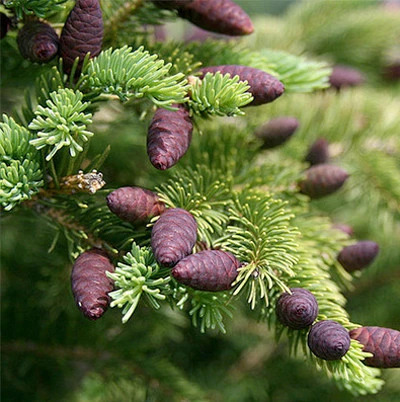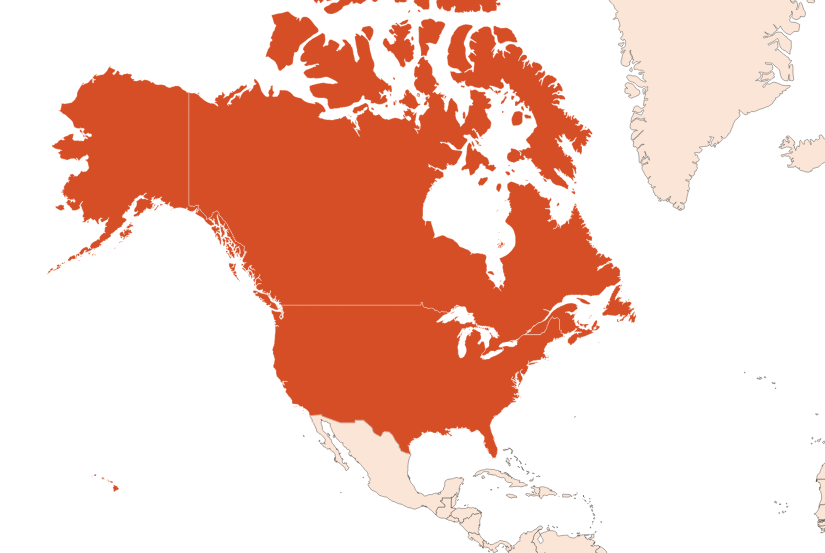
| Company | Ingredient Name | ID | Comments | Naturality | Certifications | MOQ | Latin name | Treated part | Geographical origin |
|---|---|---|---|---|---|---|---|---|---|
|
|
EPINETTE NOIRE | B366 |
Visit website
|
Huile essentielle |

|
- | Picea mariana (Mill.) Britton, Sterns & Poggenb. | Aiguille | Canada |
General Presentation
-
CAS N° :
8008-80-8 // 91722-19-9 -
EINECS number :
294-420-3 -
FEMA number :
Donnée indisponible.
-
Volatility :
Heart/Base -
Price Range :
€€€
Physico chemical properties
-
Appearance :
Colorless liquid -
Density :
-
Refractive Index @20°C :
Data not available. -
Optical rotation :
-
Vapor pressure :
Data not available. -
Flash Point :
Data not available. -
Acid Value :
Botanical informations
Botanical name :
Data not available.
Botanical profile :
Black spruce is a coniferous species belonging to the Pinaceae family and the genus Picea A. Dietr.
Chemotypes :
The genus Picea A. Dietr. includes about fifty species, only two are used in perfumery.
Picea mariana (Mill.) Britton et al. : Black Spruce - Mainly from North America
Picea abies (L.) H.Karst. : Spruce - Coming from Northern Europe.
Extractions & Uses
Extraction process :
Black Spruce oil is obtained by hydrodistillation of the branches and leaves. These parts of the tree are considered as a by-product. Indeed, spruces are mostly cut to obtain construction wood, branches and leaves are then recovered and distilled in order to obtain EO.
Uses in perfumery :
This essential oil is generally not much used and there is few producers marketing it. It is however interesting to bring a zesty and spicy facet different from other conifers.
Stability :
Data not available.
Major Components :
- Bornyl acetate (30 - 35%)
- Alpha-pinene (13 - 16%)
- Camphene (10 - 15%)
- Delta-3-carene (5 - 15%)
- Beta-pinene
- Myrcene

Photo credits: ScenTree SAS
Other comments :
Of the forty or so spruce varieties found in the world, Picea mariana is the most resistant to very cold climates, and is found as far as the southern limit of the Arctic tundra.
Regulations & IFRA
Allergens :
This ingredient is classified as an allergen under European Regulation 2023/1545, dated August 26, 2023.
Its presence must therefore be declared on product labels when it exceeds 0.001% in leave-on products and 0.01% in rinse-off products.
IFRA 51th :
This ingredient is restricted by the 51th amendment
Annexe I :
Some regulated synthetic ingredients are found in nature and in certain proportions in natural ingredients. This presence in nature has to be taken into account when calculating limits of use recommended by the IFRA. In case you do not know these concentrations, you can use the ones estimated by the IFRA. Here they are :
| List of regulated compounds contained in this ingredient | ||
|---|---|---|
| Regulated ingredient name | CAS N° | Estimated Concentration |
| dl-Citronellol | 106-22-9 | 0,2 |
| alpha-Thujone | 546-80-5 | 0,17 |
| Longifolene | 475-20-7 | 0,25 |

